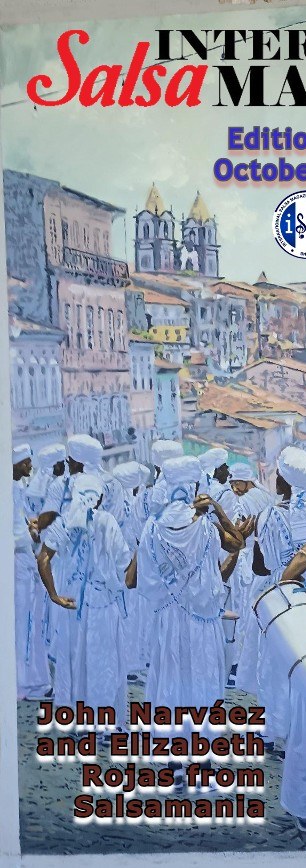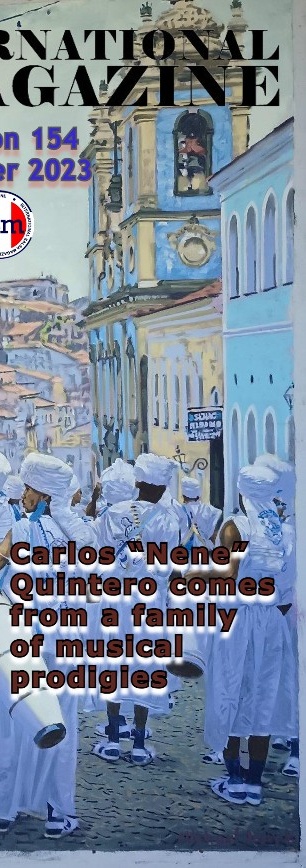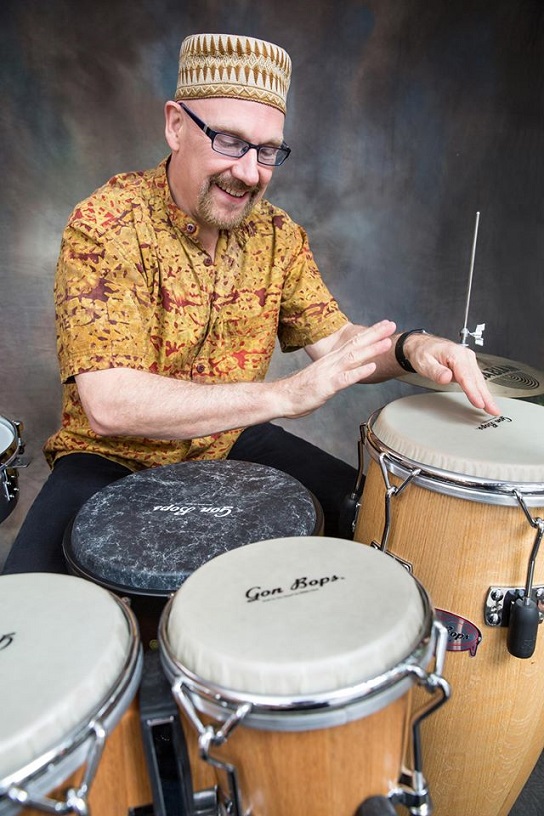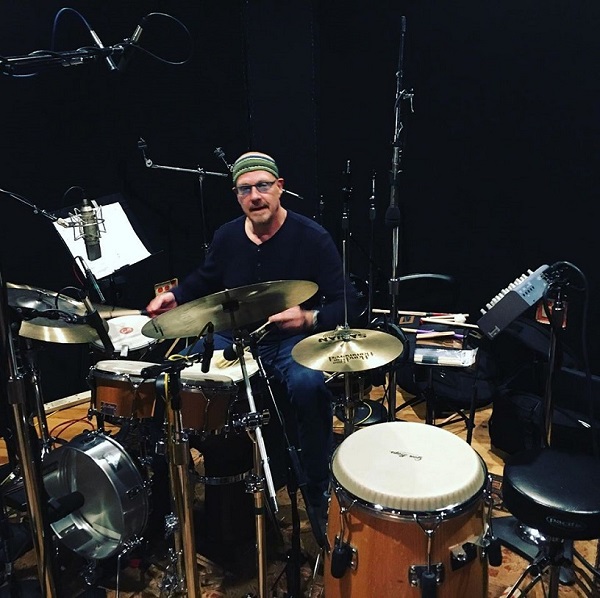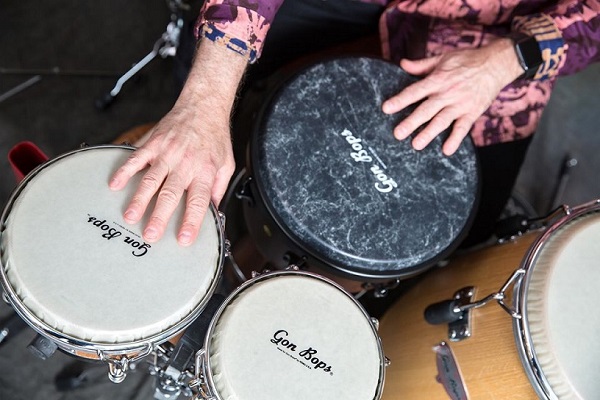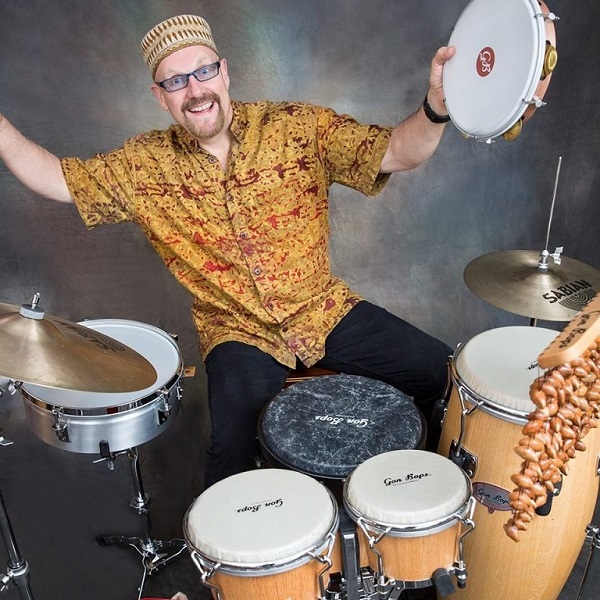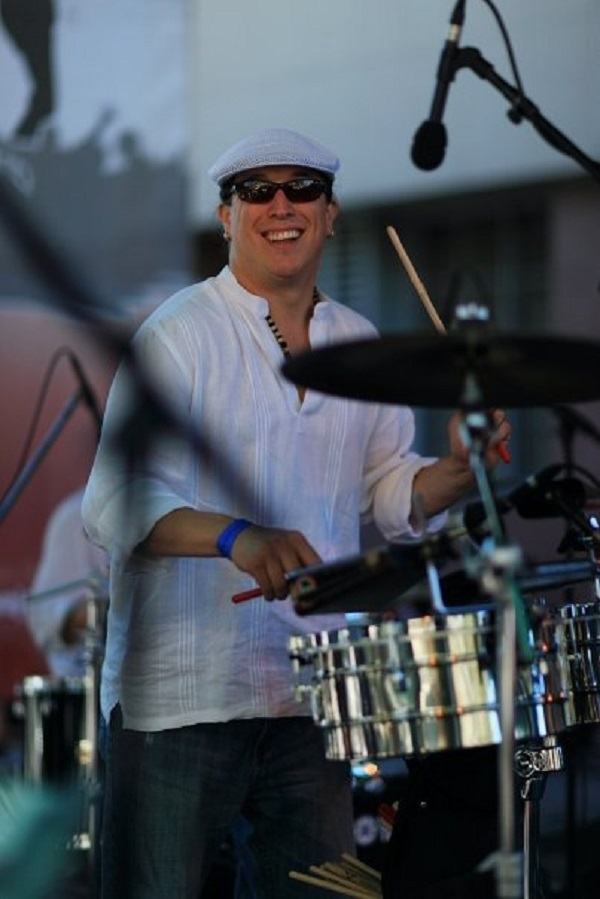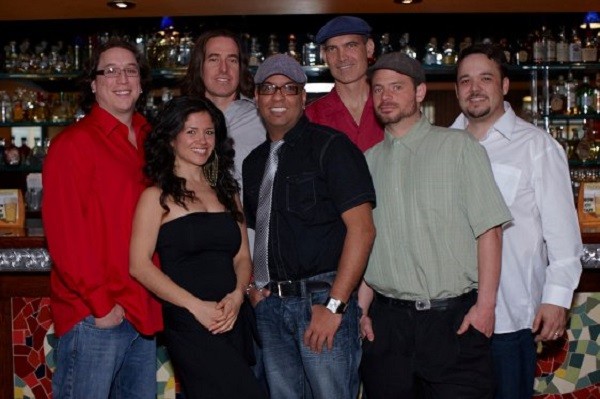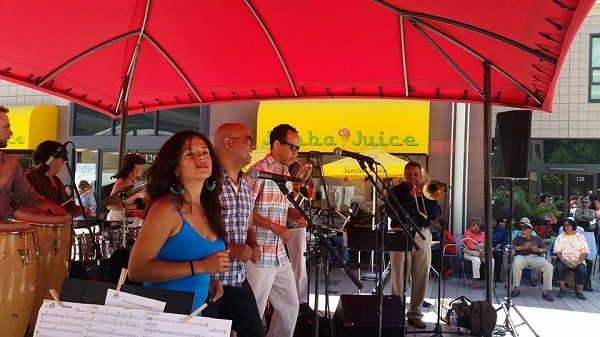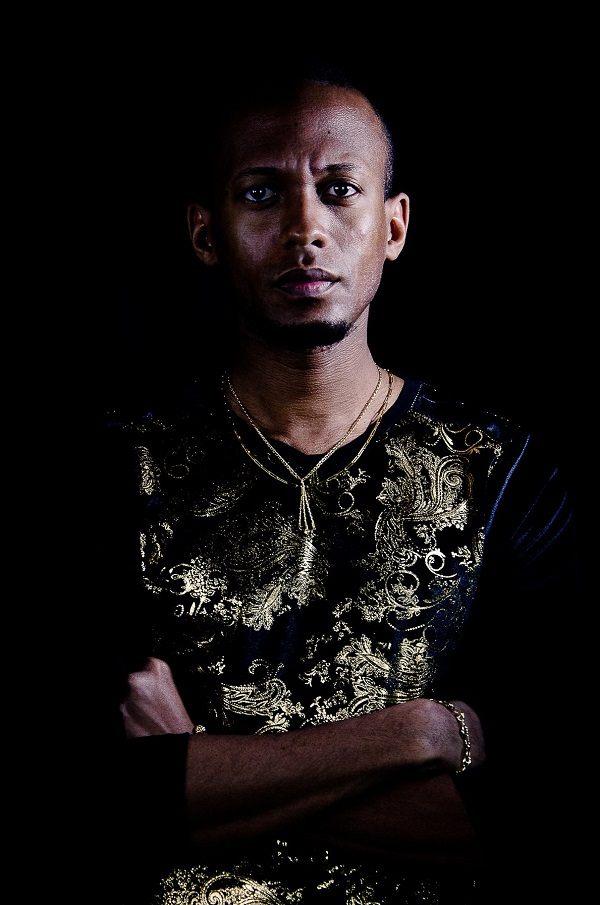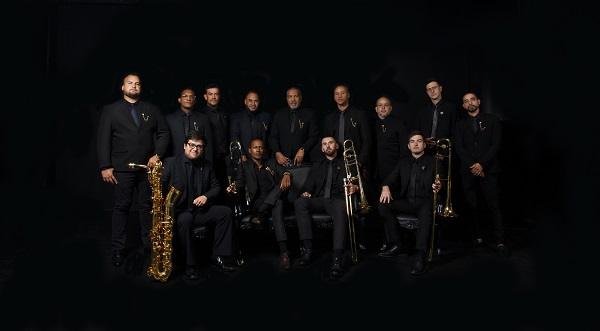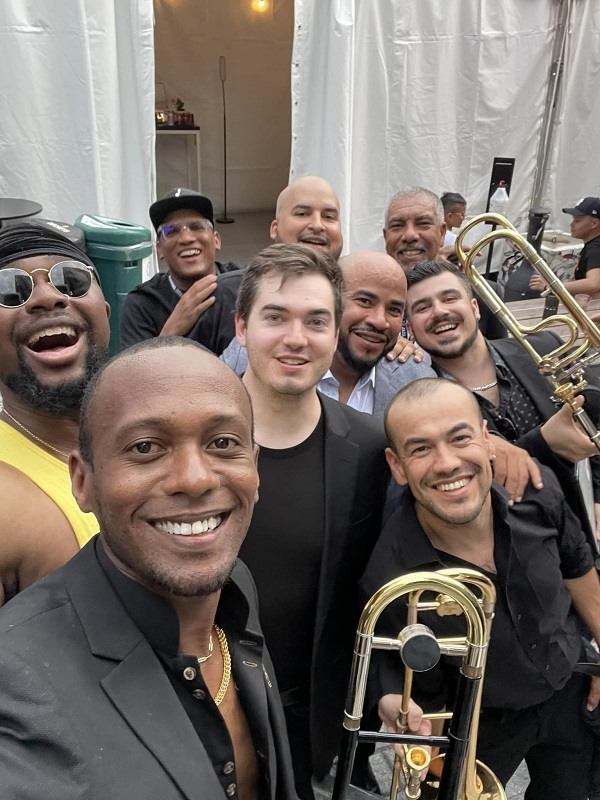There have been many artists who have supported the Spaha Salsa Gallery due to the multiple contributions made to salsa since its foundation. One of them has been the great Pichie Perez, who gave a fabulous interview to the founder and president of the famous salsa museum in New York, Johnny Cruz.
During the video on the Johnny Cruz’s Facebook account, Piche talks about some of the most important aspects of his professional life and, of course, gives his unconditional support to the Spaha Salsa Museum and the labor it has been fulfilling in recent years. Below are some of the most outstanding details of the artist’s life.
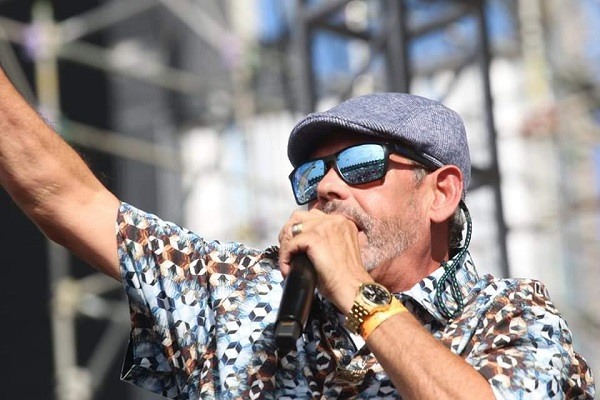
Youth
Héctor ”Pichie” Pérez was born on September 24, 1960 in El Bronx, New York, the youngest of three brothers whose parents were Ramón Pérez Rodríguez and Haydée Casiano González, both of Puerto Rican nationality.
After the age of seven, he moved with his family to Ponce, a place where a genre called bugalú became increasingly popular and the boy’s father enjoyed that kind of music, which made Piche begin to be interested in certain artists, especially Pete Rodríguez with his song ”I Like It Like That”.
At the age of 10, his parents decided to move again, but this time to Cañaboa Encarnación, Peñuelas. Some time later, he became part of what would be the first band of his career, Los Metálicos Steel Band, with which the artist began to gain a lot of knowledge about merengue and calypso. When this same group became a sextet under another name, Pichie started singing and playing maracas and güiro.
Pichie was working in several orchestras that gave him the experience he has today such as the Adolfo Grana school orchestra, Orquesta La Intelectual, Orquesta La Preferida, among others.

Orquesta La Terrífica and Orquesta La Primerísima
However, his big moment would come when he was part of Orquesta La Terrífica, in which he worked as a vocalist between 1976 and 1981. Additional to this group, Pichie would be in six recordings, among them stands out ”La Terrífica. Sabor a Pueblo”.
Some time later, he would sing in Tommy Valencia’s Orquesta La Primerísima, which would give him the opportunity to share the stage with world famous and acclaimed singer Frankie Ruíz, of whom he cherishes very good memories. Although this is one of the groups for which Pichie would be best known, it was not the last one he was in.
For more than 30 years, he was in La Sonora Ponceña, to which he thanked for all that he achieved and learned during those years. However, there came a point when the singer wanted to make his own way and had to make the tough decision to leave the orchestra and start a solo career, which had ”El Sonero del Bailador” as its starting point in 2016.
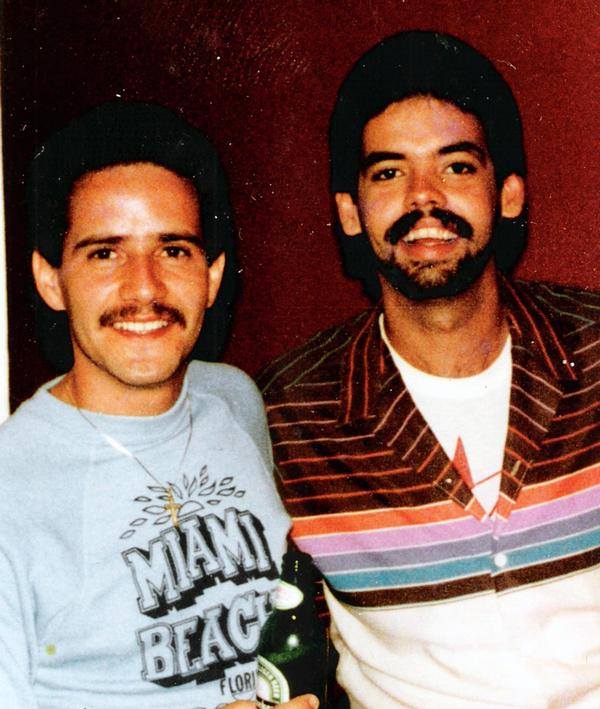
Pichie was expectant before the audience reaction to his solo material, but fortunately, the overall response was very positive, which motivated him to release a new album entitled ”Alegrando La Navidad”.
Nowadays, he has an extraordinary reputation as a solo singer and in orchestral formations, but he also obtained great merits as a güirero and maraquero throughout his artistic career. He also had a great participation as a backing vocalist in many productions and recording sessions to which he added his unique touch.
Read also: Willito and Japhet from La Sonora Ponceña


